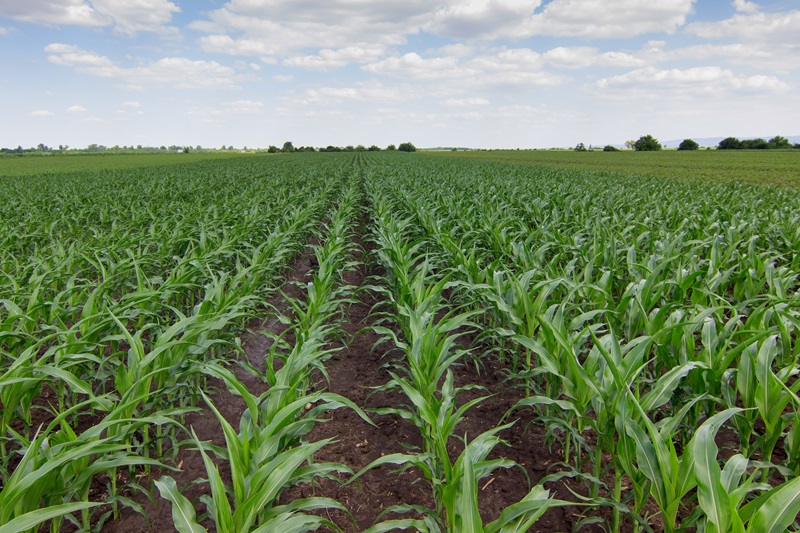Three essential nutrients: Phosphorus

When we talk about growing Ontario grains, there are three primary macronutrients that are essential for them to succeed. The three macronutrients are nitrogen, phosphorus, and potassium, or N, P, and K.
The middle letter in N, P, and K is P, or phosphorus, the second of the three primary macronutrients essential for Ontario grains to grow. Remember that a macronutrient is a nutrient that is required by the grains in large amounts, so it is very important the crops have a sufficient supply.
Let’s look at a few examples of what roles phosphorus plays in the life cycle of Ontario grains!
Photosynthesis
One of the most important processes that occurs when Ontario grains (and all other plants!) grow is called photosynthesis, and phosphorus is one of the key players in this process. During photosynthesis, phosphorus captures energy from the sun and then works to convert that energy into various components necessary for the crop to grow. Oxygen, which plants exhale for us to breathe, and glucose, which provides the plant with energy, are two of the most important components produced through photosynthesis.
Efficiency
While phosphorus contributes to important aspects of grain growth on its own, it also supports other processes within a plant. When grains have enough phosphorus, they use their water supply much more efficiently. It also can help the plant fight off factors that may inhibit successful growth, such as disease, cold temperatures, or stress from too little or too much water. Basically, when plants have enough phosphorus, they can function efficiently and properly.
Healthy Growth
Having enough phosphorus in grains is also key for overall healthy growth, especially in the roots. The roots are one of the most important parts of grains as they are responsible for water and nutrient uptake from the soil, so they need to develop strongly. Phosphorus encourages the grains to produce and grow healthy roots and plant structures like stalks, stems, and leaves and helps plants develop a lot of seeds!
Overall, ensuring that Ontario grains are grown with enough phosphorus is key to growing a healthy crop. Just like nitrogen, farmers take time to test the phosphorus levels in their fields to determine if the grains require more than is present! By trapping energy from the sun, fighting off diseases or ensuring the grains can grow enough seeds, phosphorus works to grow the healthiest grain plants possible. Healthy grain plants will produce healthy food for us to eat.



